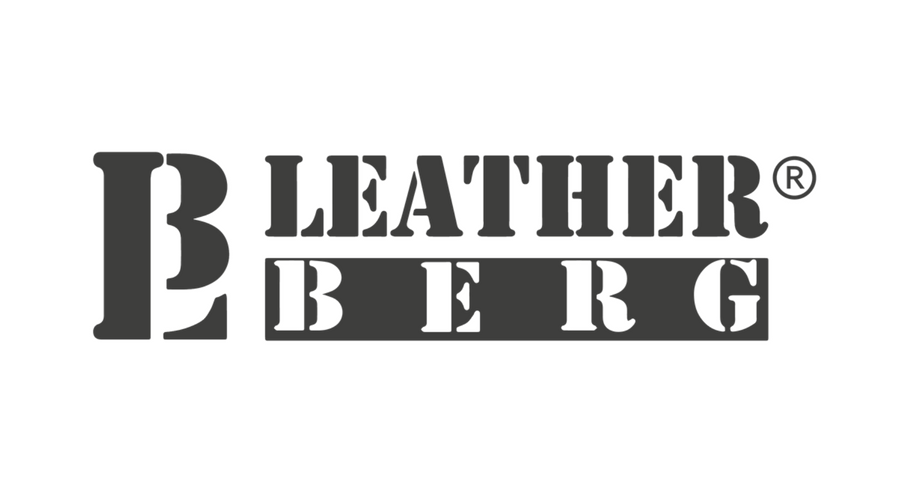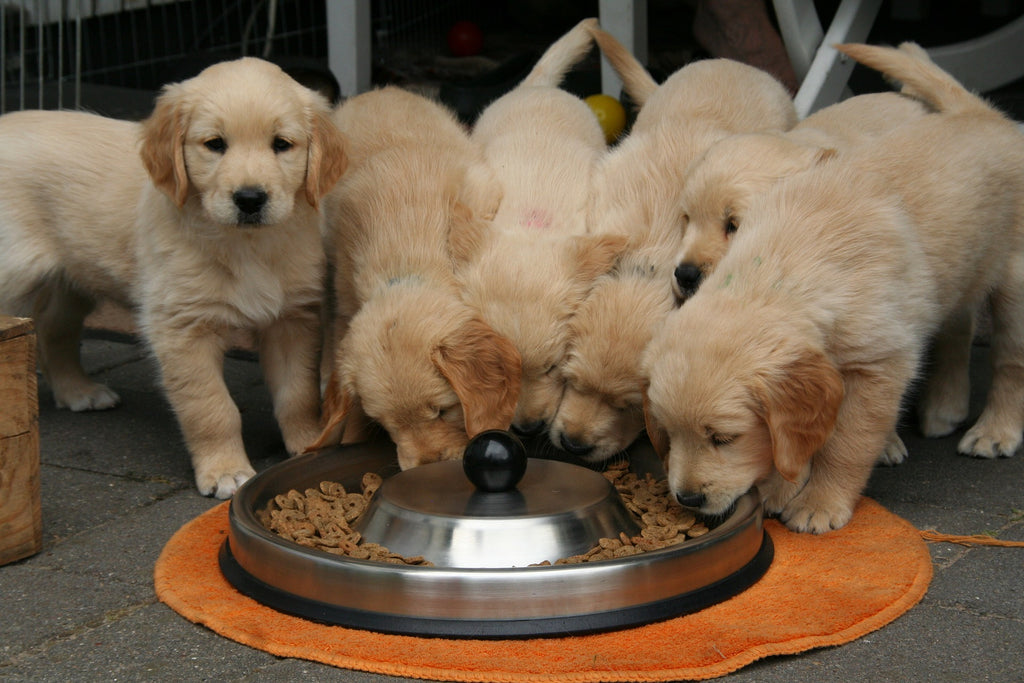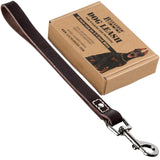When you’re a dog owner, you have an important question to ask yourself: dry or wet dog food? Both have pros and cons to them being the main staple in your dog’s diet. Therefore, it’s important to carefully go over the benefits of both types before deciding which is better for your dog’s circumstances. Honestly, you might just decide that mixing them together is the right option for your dog. In the end, it really just depends on what you think is better for your dog.
To help you decide, this article will go over the benefits and disadvantages of both dry and wet dog food to make sure you have all facts when making this important choice.
Wet Dog Food
Let’s be honest, wet dog food looks gross and messy. However, even with its gross look, it really does have some amazing benefits. Unfortunately, those benefits don’t come without a few less healthy or inconvenient qualities. It will come down to whether you think the positives outweigh the negatives concerning your dog.

Benefits
Easily chewed and soft: For senior dogs and puppies that have either bad or growing teeth, wet dog food can be a great choice because it puts less stress on their teeth and jaw.
Powerful smell to make it more appetizing to your dog: Sadly, some older dogs lose some of their sense of smell. Thankfully, wet dog food’s smell makes it almost impossible for them not to smell it.
Good secondary water source: Some dogs can sometimes drink too little water; wet dog food is a way to make sure they get the right amount of water.
No synthetic preservatives: Wet dog food has an airtight package that eliminates the need for synthetic preservatives.
Lower in carbs: As with humans, a lot of carbs in your dog’s diet isn’t great for their overall health.
Can do wonders for your dog’s fur: If your dog has mange or patchy fur, wet dog food can help bring their fur grow back.
Contains more protein than dry food: Protein helps build up your dog’s strength. In addition, protein is key for puppies trying to grow into healthy adult dogs.
Can be stored for long periods of time: Depending on the expiration date, wet dog food can be stored for a long period of time. Its shelf life only becomes a problem after the initial opening.
Excellent for dogs with limited kidney function: The watery aspect of wet dog food helps your dog’s kidneys remove waste from the blood which comes out of their body as urine.
Disadvantages
Wet dog food can be messy: As we all know, some dogs can get very excited about their food. Giving them wet dog food could end up being a disaster with food flying everywhere.
Tends to go bad quickly after opening: Wet dog food has little to no shelf life after you open the can. In fact, it’s important to immediately wrap the top of the can with tin foil and refrigerate after opening.
More expensive: Due to the shelf life issue and the ingredients inside, wet dog food will be harsher on your checkbook.
Dogs that only eat wet food require more dental cleanings: Wet dog food tends to stick on your dog’s teeth.
Can cause your dog’s stool to be messy: This is a hassle for owners that rely on pee pads.
Dry Dog Food
Dry dog food’s everywhere. Basically, it’s the mainstream option of dog food types. In a sense, it’s dog food in its simplest and most efficient form. By acknowledging this, you can understand there are certain benefits and disadvantages that make it a better or worse option than wet dog food.

Benefits
Provides balanced nutrition: Dry dog food covers all things you could ever need for your dog’s diet: fats, fibers, proteins, carbohydrates, minerals, and vitamins. Therefore, your dog won’t need any additional dietary supplements.
Extremely convenient: You can leave it out all day and store it for months without ever worrying about spoilage.
Easier to measure out: Much easier to determine exactly how much food your dog’s eating each day. Dry dog food allows you to keep your dog’s diet consistent.
Can be a useful tool for dog training: Dry dog food can be used as an incentive thanks to the individual pieces.
Some dry dog foods are great for your dog’s dental health: Some brands make it so when your dog’s eating their food, the food will be fighting to keep their teeth clean and healthy.
Less expensive: Again, it speaks to the convenience of dry dog food. You can buy in bulk and save a lot of money.
Encourages your dog to eat slowly: Dry dog food tends to have a blander smell than wet dog food, therefore, making your dog less excited. It’s great for breeds like staffies, pugs, etc that get really excited by their food.
Disadvantages
Low moisture content: If your dog doesn’t drink enough water, dry dog food might be the wrong option for you.
Dogs are more likely to develop dry and itchy skin eating dry dog food: This happens when your dog’s dehydrated. Therefore, dry food’s low moisture content won’t help prevent your dog’s skin from becoming dry and itchy.
Dry dog food has lower levels of animal-based proteins: Dry dog food might have a lot of filler protein in its product rather than the animal proteins needed for a healthy diet.
Not a good choice for puppies or senior dogs: the hard texture makes it difficult for these dogs to eat.
Tends to have more carbs: Making it more likely your dog will become overweight.
f you’re still struggling to make a choice between dry or wet dog food, there’s still another option: using both.
Choosing Both
By choosing this option, you can give your dog the flavor of wet dog food that they love and keep your checkbook from getting hit too hard. Basically, the dry dog food will keep your dog’s digestion steady, while the wet dog food keeps them interested.
In terms of how to properly give your dog both, you can do it in a number of different ways: mixing in the same bowl, dry in the morning and wet at night or vice versa, or using wet dog food as a special treat.
However, it’s important to make sure you aren’t increasing their food intake by giving them both. After all, none of the benefits listed above are worth your dog becoming overweight.
Fortunately, there’s an easy solution for this: contacting your vet. They’ll give you the correct information regarding the right food amounts to keep your dog healthy.













